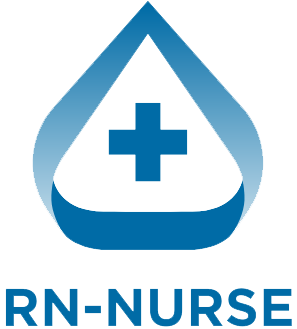Introduction
Acute Respiratory Distress Syndrome (ARDS) is a life-threatening lung condition. It causes fluid to build up in the lungs, making it hard for oxygen to reach the blood. Nurses in the ICU are key players in recognizing and treating ARDS. With fast thinking and skilled care, they help patients through one of the toughest battles in critical care.
What Is ARDS?
ARDS is a severe form of respiratory failure. It usually develops quickly, often within 12 to 48 hours of a lung injury or illness. Causes may include:
- Sepsis
- Pneumonia
- Trauma
- Aspiration
- COVID-19 complications
Patients with ARDS may need intensive care, sedation, and mechanical ventilation.
Signs and Symptoms of ARDS
Nurses must recognize early symptoms, which can include:
- Shortness of breath (dyspnea)
- Rapid breathing
- Low oxygen saturation (SpO₂)
- Cyanosis (bluish skin)
- Crackles on lung auscultation
- Chest x-ray with “white-out” appearance
These signs demand immediate action.
The Nurse’s Role in ARDS Management
ICU nurses are responsible for:
- Monitoring vital signs closely
- Administering oxygen and medications
- Managing ventilator settings
- Preventing complications
- Communicating with the healthcare team
- Supporting patients and their families
Let’s break these down further.
Ventilator Management
Most ARDS patients are placed on mechanical ventilation. Nurses collaborate with respiratory therapists and doctors to adjust:
- PEEP (Positive End-Expiratory Pressure)
- Keeps alveoli open for gas exchange.
- FiO₂ (Fraction of Inspired Oxygen)
- Adjusted to maintain target oxygenation while avoiding oxygen toxicity.
- Tidal volume and rate
- Set to reduce lung injury (lung-protective strategy).
Watch for signs of ventilator-associated lung injury (VALI) and ventilator-associated pneumonia (VAP).
Medication Administration
Common medications include:
- Sedatives (e.g., propofol, midazolam)
- To reduce anxiety and sync with the ventilator.
- Paralytics (e.g., vecuronium)
- Used short-term to optimize ventilation.
- Antibiotics
- Especially in pneumonia- or sepsis-related ARDS.
- Vasoactive drips (e.g., norepinephrine)
- If blood pressure drops due to sepsis or sedation.
Always monitor for side effects, especially in patients with renal or hepatic issues.
Prone Positioning
Proning improves oxygenation by helping the lungs open in the back (posterior) areas. Nurses help:
- Turn patients safely
- Protect pressure points
- Monitor endotracheal tube and IV lines
This maneuver requires teamwork and skill to avoid injury and dislodgement.
Preventing Complications
ICU patients are at risk for:
- Pressure ulcers
- DVT (deep vein thrombosis)
- VAP (ventilator-associated pneumonia)
- Delirium
Nurses implement bundles like:
- Regular repositioning
- Oral care with chlorhexidine
- Sedation vacations
- Mobility protocols, when possible
Emotional Support and Communication
ARDS affects more than lungs. It’s traumatic for patients and loved ones. ICU nurses:
- Offer empathy and updates to families
- Translate complex medical terms into simple language
- Serve as a bridge between doctors and families
- Advocate for the patient’s comfort and dignity
Ongoing Education and Teamwork
Managing ARDS requires nurses to stay updated through:
- Advanced critical care training
- Simulation practice
- Clinical nurse specialist (CNS) guidance
Working closely with physicians, respiratory therapists, and dietitians improves patient outcomes.
Conclusion
Managing ARDS in the ICU is complex, but ICU nurses are at the heart of it all. From handling ventilators to comforting families, their actions directly influence recovery. Understanding ARDS and the tools used to treat it can make a lifesaving difference.

